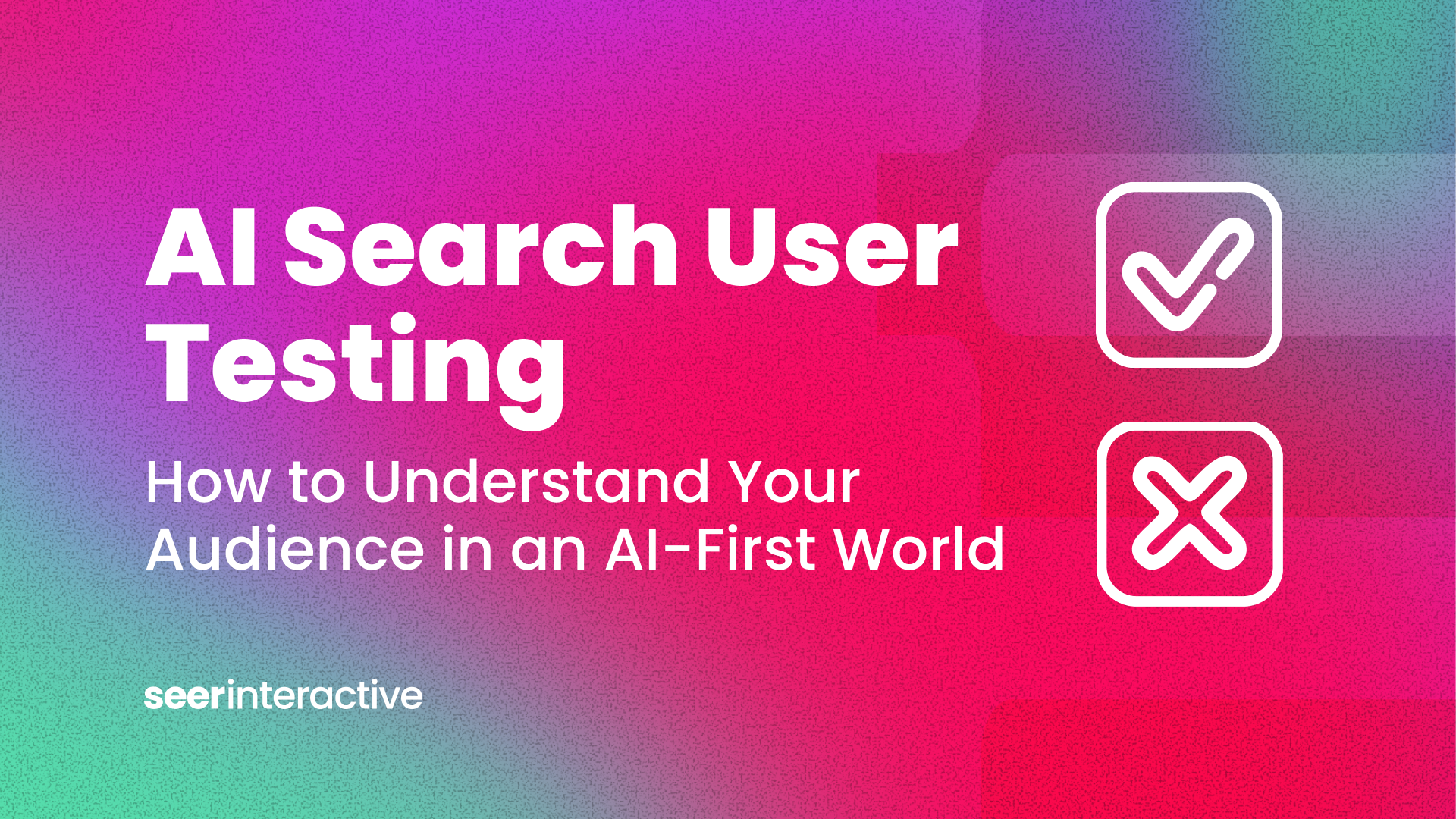At the heart of AI’s success lies one critical factor: Data Integrity
In today's digital age, the groundbreaking advancements of artificial intelligence (AI) are reshaping our world. From self-driving cars to medical diagnostic tools, AI is impacting all industries. However, at the heart of AI’s success lies one critical factor: data integrity. Data integrity is the degree to which data is accurate, complete, consistent, and relevant. When data is high quality, AI models can learn more effectively and produce accurate and reliable results.
In the ever-expanding landscape of AI development, Google stands out as a significant driving force. With its sheer magnitude and undeniable prominence, Google continues to play a pivotal role in shaping the trajectory of AI technology. Leveraging its extensive expertise and commitment to data integrity, the company remains at the forefront of ensuring the highest standards of data quality. In this blog post, we will dive into the meticulous steps and robust measures in place to safeguard their data integrity as well as some of the challenges they face.
The Importance of Data Integrity
Data integrity is essential for the performance of AI models. When data is inaccurate or incomplete, the models can learn incorrectly. This can lead to errors in the models' outputs, which can have a negative impact on their performance. In a most basic example, if an AI model is trained on a dataset of images of dogs, but some of the images are actually of monkeys, then the model will not be able to learn to distinguish between dogs and monkeys. This could lead to it misclassifying images of monkeys as dogs, which could have a number of negative consequences.
Aside from impacting the learning of AI models, compromised data integrity can also lead to serious financial losses stemming from regulatory fines, legal liability, damaged reputation, and loss of customer trust.
To mitigate these risks, Google employs a number of steps to ensure data integrity, including:
![GA4_Great_Eviction[2]](https://cdn.seerinteractive.com/hs-fs/hubfs/GA4_Great_Eviction%5B2%5D.png?width=1200&length=1200&name=GA4_Great_Eviction%5B2%5D.png)
%5B1%5D.png?width=1200&length=1200&name=GA4_Great_Eviction_(2)%5B1%5D.png)
%5B1%5D.png?width=1200&length=1200&name=GA4_Great_Eviction_(3)%5B1%5D.png)
%5B1%5D.png?width=1200&length=1200&name=GA4_Great_Eviction_(4)%5B1%5D.png)
![GA4_Great_Eviction_(2)[1]-1](https://cdn.seerinteractive.com/hs-fs/hubfs/GA4_Great_Eviction_(2)%5B1%5D-1.png?width=1200&length=1200&name=GA4_Great_Eviction_(2)%5B1%5D-1.png)
%5B1%5D.png?width=1200&length=1200&name=GA4_Great_Eviction_(6)%5B1%5D.png)
%5B1%5D.png?width=1200&length=1200&name=GA4_Great_Eviction_(7)%5B1%5D.png)
%5B1%5D.png?width=1200&length=1200&name=GA4_Great_Eviction_(8)%5B1%5D.png)
Challenges of Dealing with Vast Datasets
As the volume of data collected continues to increase, so does the complexity of managing and utilizing that data effectively. Due to the size of its data sets, Google faces additional challenges that come from managing enormous amounts of data.
To overcome the challenges that accompany their expansive data, Google employs several techniques to improve usability. These include:
- Data volume: The sheer volume of data can be overwhelming. This can make it difficult to manage and process in a timely manner.
- Data variety: The data may come from a variety of sources, each with its own format and structure. This can make it difficult to integrate and analyze.
- Data quality: The data may be incomplete, inaccurate, or biased. This can lead to errors in the AI models.
- Data security: The data may be sensitive or confidential. This requires careful handling and security measures.
- Data warehousing: Data warehouses store and manage large datasets. This allows the company to access and process the data more efficiently.
- Data mining: Data mining techniques are used to extract insights from the data. This helps the company to understand the data and identify patterns.
- Machine learning: Google uses machine learning algorithms to identify patterns in the data that would be difficult or impossible for a human to detect. This allows the company to make predictions and decisions utilizing large data sets.
By overcoming the challenges of dealing with their vast datasets, Google is able to extract insights and build AI models off enormous data inputs
The Importance of Big Data for Training AI Models
Why is it important to be able to use big data for building and training AI models? It’s important for several reasons. More data means there are more training examples available to the model. This helps the model have a better understanding of the problem they are trying to solve.
Large data sets also increase the robustness of the data inputs. Training AI models with unexpected inputs can help them detect anomalies. It can assist in teaching them that while data inputs can vary, it doesn’t necessarily mean it is incorrect. There will be variance in data and the more input that can be used the better understanding the model can have. More data also means more diversity. A vast data set will include a wider variety of examples and help the model to generalize better.
[TIP] In order to understand what Google understands about your customers, you need to view the data like Google views it. Here at Seer we make analyzing Google's vast datasets easy and scalable with with our cloud based data platform.
Conclusion
Data integrity is at the heart of AI performance. Google takes a number of steps to ensure the highest quality of data quality including; preprocessing, data cleaning, validation, monitoring, diverse and representative datasets, encryption, education, and response planning. The combination of these steps helps to mitigate the potential risks of compromised data integrity. There are also many challenges unique to vast datasets that Google faces including the volume, variety, quality, and security of their data.
By ensuring data integrity and overcoming the challenges of big data, Google is able to build and train its AI models to be accurate, reliable, and effective. This allows Google to provide reliable products and remain a big player in the AI industry.


